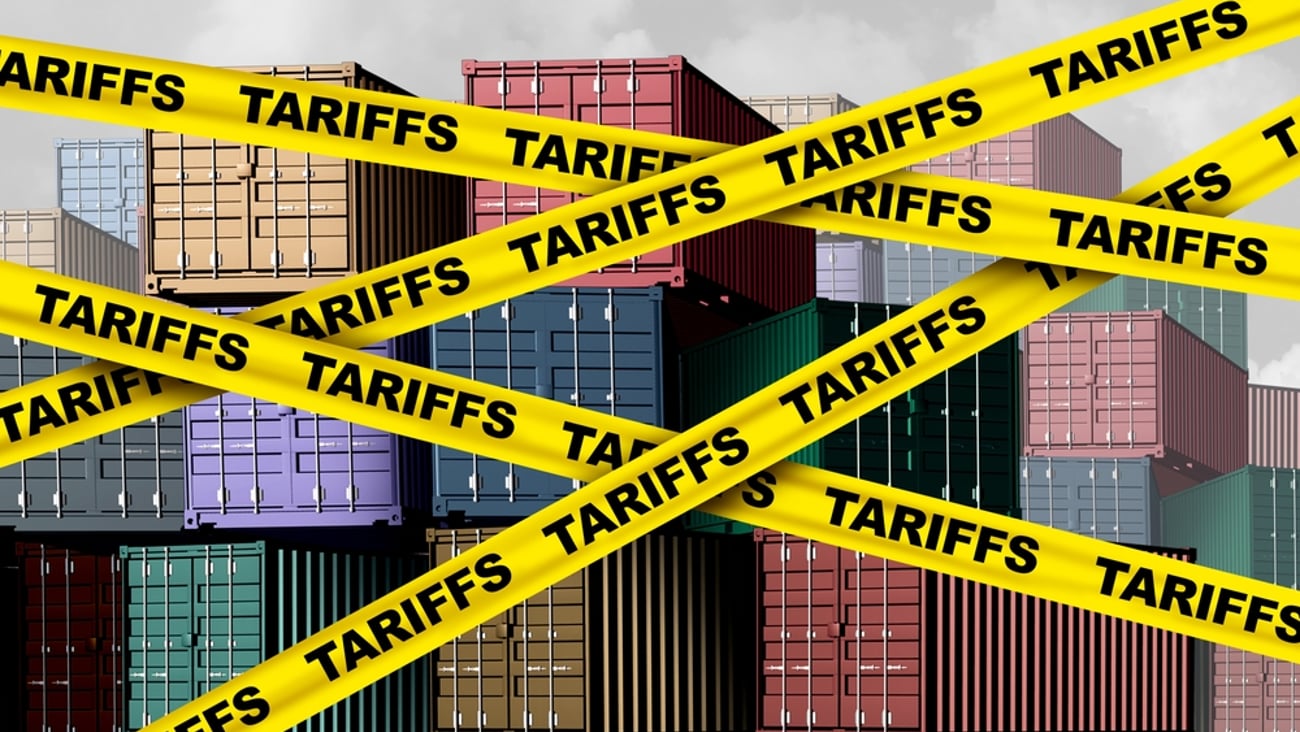Holiday returns are coming - what’s your resale plan?
On the heels of the biggest shopping season of the year comes an avalanche of returned merchandise that will end up sitting idle in warehouses and significantly cutting into the bottom line.
This year, anticipated record-breaking purchases via mobile devices - which bring a 20% return rate - will play a large role. And, per usual, relaxed return policies to drive customer loyalty, buyer’s remorse, and classic gift-recipient dislike (even if it came from Grandma!) will also be a factor.
When all is gifted and unwrapped, around 18% of sales, or close to $170 billion in merchandise, will be heading back to retailers following the holidays. While the majority of this merchandise will still be in functional and cosmetically perfect condition, most won’t go back on primary shelves due to logistical expenses.
Rather, it will end up taking up space in a warehouse, losing value. This is where having a business-to-business recommerce plan in place for returned and overstock items – one that recoups the most value – is crucial.
In particular, an online business-to-business resale platform – one that is backed by technology and data and provides multiple channels to sell the inventory – can help solve the post-holiday warehouse pile up by enabling retailers to move bulk quantities of inventory at scale without sacrificing velocity or channel conflict.
Some of today’s biggest retailers and brands are leveraging a business-to-business resale platform to act as a centralized hub for all their secondary market resale needs. By moving everything onto a single online platform, these companies have a single system of record and are able to tackle what’s historically been a fragmented and extremely manual process.
[READ MORE: CSA Exclusive: Combat rising returns with flexibility, analytics]
When choosing a business-to-business resale platform, be sure to look for one that brings:
Confidence and consistency in pricing
Whether selling to a single buyer or to a broader buyer base, it’s important to understand the fair market value of the merchandise and what variables (condition, inventory type, sales channel) will impact pricing. A business-to-business resale platform that holds years of pricing data against multiple variables ensures a more accurate picture when it comes to pricing.
Be sure to look for one that offers a variety of ways to sell the inventory into the secondary market (this might be via an open marketplace or through a private transaction) and can provide pricing comparisons across each channel.
Rapid and efficient inventory movement at scale
A business-to-business resale platform that offers multiple channels to move out returned and excess inventory allows for scalability: it can handle a substantial uptick in merchandise, post-holiday (and all-year long), without sacrificing velocity.
A diverse base of buyers
An online business-to-business resale platform that comes with a database of thousands of business buyers drives up demand, pricing, and sales cycle time. The best B2B resale platforms will also offer targeted marketing to a particular type of buyer and be able to onboard any of your existing buyers that you might currently be selling manually to.
Brand and channel control
For high-profile and sensitive brands, channel control is important. An online B2B resale platform allows for control over how inventory is remarketed and to whom it can be viewed and sold to. Be sure to look for a resale platform that enables you to establish guidelines including:
- Excluding resale on third-party marketplaces.
- Establishing geographical limitations.
- Selling only to exporters.
- Selling only to off-price retailers.
- Requiring brick-and-mortar sales exclusively.
- Mandating all items be de-labeled prior to resale.
Historical data
Utilizing data to achieve your business-to-business resale goals whether recovery, velocity, or brand control can make all the difference. Even the smallest of adjustments can translate to major improvements. This is where working with a company that has years of compiled business-to-business resale data – can be a game changer.
There are many factors that impact pricing when it comes to selling bulk quantities of inventory into the secondary market.
Here is what the data shows us:
- The top five variables impacting pricing include: product category; brand; condition; manifest design; SKU depth.
- Pricing differs by category and sub-category.
- Pricing significantly differs between subcategories. For example, in looking at the subcategories that fall under the apparel and accessories category, handbags (when separated out, typically achieve higher pricing than apparel).
- Different categories benefit from a deep SKU vs shallow SKU. Ex: outdoor furniture fetches higher pricing in a shallow SKU listing.
- Lots that have inventory that is similar in original MSRP price will get higher pricing .
Efficiency and performance tracking
An established and technology-based business-to-business resale platform can handle the process end-to-end, including:
- Listing recommendations and listing set-up.
- Preset sale kick-off and end times.
- Automatic invoicing.
- In-platform payment.
- Shipping options through a trusted 3PL.
- Providing detailed records to keep track of performance.
What’s more, an online business-to-business resale platform keeps data on hand for a number of different needs, enabling compliance and better financial decision making. Look for a business-to-business resale platform that provides access to permanent, detailed performance and financial figures. These are critical for:
- Accurate bookkeeping.
- Tax reporting purposes.
- Compliance.
- Insurance assessments and claims.
- Ensuring buyers meet requirements.
We can all agree, returns are a cost of doing business (especially following the most wonderful time of the year). By facing them head on and applying fresh thinking to the resale process, your returns can become a strategic asset rather than a dreaded post-holiday afterthought.
Marcus Shen is the CEO of B-Stock, a business-to-business resale platform, connecting sellers and buyers of returned and excess inventory through a suite of online resale channels.





